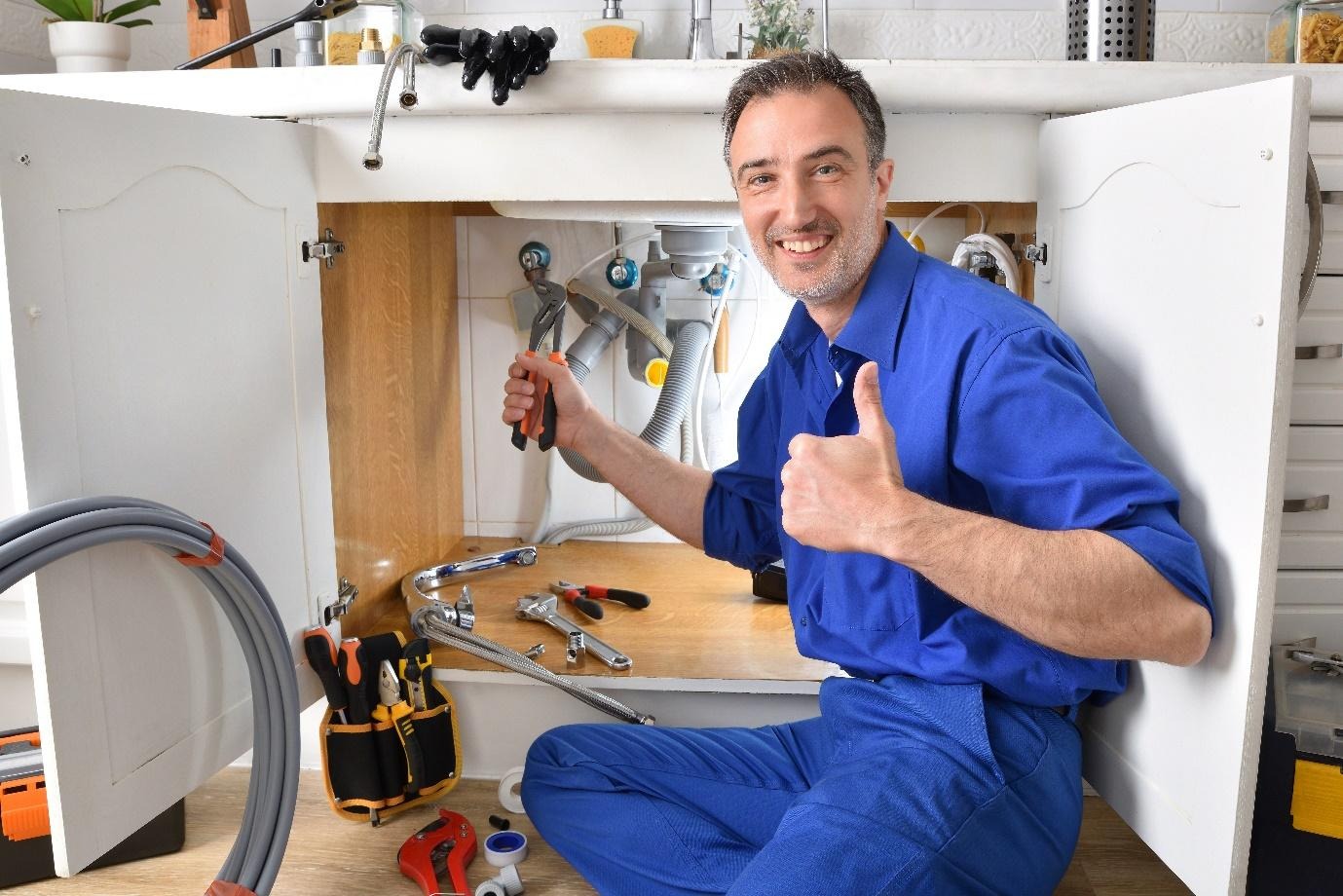Water is a fundamental force of nature, and when it is properly managed, it sustains our gardens and landscapes. However, when it is allowed to flow uncontrolled around our properties, it transforms from a life giver into a potent agent of destruction. For many homeowners, the signs of water trouble are often ignored or misunderstood until a minor nuisance becomes a full blown crisis. Understanding how to identify these early warnings and taking proactive steps is the key to protecting your property’s value, structural integrity, and your own peace of mind.
The initial signs of poor drainage are frequently subtle. A small, persistent puddle in one corner of the lawn after rain, a patch of soil that never seems to dry out, or a damp patch on an external wall might not seem alarming. It is easy to dismiss these issues as merely cosmetic or as a result of a particularly wet season. However, these symptoms are your property’s way of communicating an underlying problem. They indicate that water is not being effectively channelled away from the building, and over time, the consequences will compound. Ignoring these early signals is the most common mistake homeowners make, often leading to far more complex and expensive repairs down the line.
The progression from a minor issue to a major one can be swift and severe. When water is not directed away from your home’s foundations, it begins to saturate the ground. This saturated soil can exert hydrostatic pressure against basement or cellar walls, leading to cracks and water ingress. In colder months, this trapped water freezes and expands, a process known as freeze thaw cycling, which can further damage brickwork and mortar. Above ground, persistent dampness can lead to rotting timber in soffits, fascias, and even the roof structure. Inside the home, the elevated moisture levels create a perfect environment for mould and mildew, which can damage decorations, cause unpleasant musty odours, and pose potential health risks, particularly for those with respiratory conditions.
So, what can a vigilant homeowner do? The first and most crucial step is a thorough visual inspection of your property during and after a period of rain. Do not wait for a storm; a moderate shower will often reveal the problem areas more clearly. Walk the perimeter of your house. Look for areas where water is pooling rather than draining away. Check if your gutters and downpipes are overflowing; blocked gutters are a primary cause of localised water problems, as they dump massive amounts of water right next to your foundations. Observe the gradient of your patios and paths; they should slope gently away from the house. Identifying these issues early puts you in a position of power, allowing you to address them before they escalate.
For problems that extend beyond simple gutter cleaning or regrading a flowerbed, the expertise of a professional becomes indispensable. This is when consulting a drainage expert in Kent or your local region is a wise investment. These specialists offer more than just quick fixes; they provide diagnostic services to understand the root cause of your water issues. Using tools like CCTV drain surveys, they can inspect underground pipework for blockages, cracks, or collapses that are invisible from the surface. Their comprehensive understanding of topography and hydrology allows them to design a solution that manages water flow effectively across your entire property, not just at the point where it has become a visible problem.
The solutions available are both effective and often surprisingly discreet. For surface water, French drains—trenches filled with gravel containing a perforated pipe—can be installed to intercept and redirect groundwater. For paved areas, linear drainage channels can be set into the surface to collect run off efficiently, with grates that can be chosen to blend seamlessly with your patio design. In cases where the soil has poor permeability, soakaways or attenuation crates can be installed to collect, store, and slowly release water back into the ground, preventing overwhelming the local drainage network. A professional will assess your specific situation and recommend the most effective, long term solution.
Engaging a professional early is ultimately an exercise in financial prudence. The cost of clearing a blocked drain or installing a simple French drain system is minimal compared to the expense of underpinning a compromised foundation, repairing structural damp, or replacing a rotted timber frame. Think of it as preventative healthcare for your property. A one off investment in a proper drainage system safeguards the value of your home, prevents untold stress and disruption, and ensures that your living environment remains safe, healthy, and comfortable.
In conclusion, handling water issues is not about reacting to disasters; it is about proactive observation and timely intervention. By learning to recognise the early warning signs and understanding the value of professional expertise, you can take control of your property’s drainage health. Do not allow a small puddle to evolve into a structural crisis. Taking informed action today, whether it is a simple maintenance task or calling in a specialist for an assessment, is the most powerful tool a homeowner has to protect their most valuable asset for the future.

